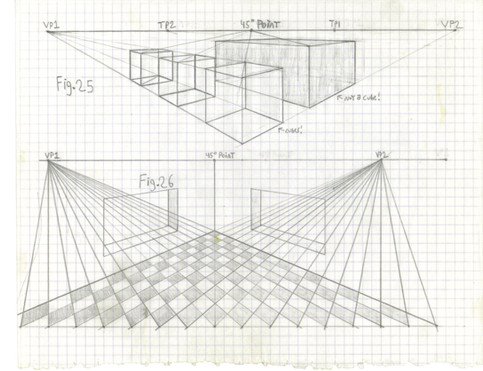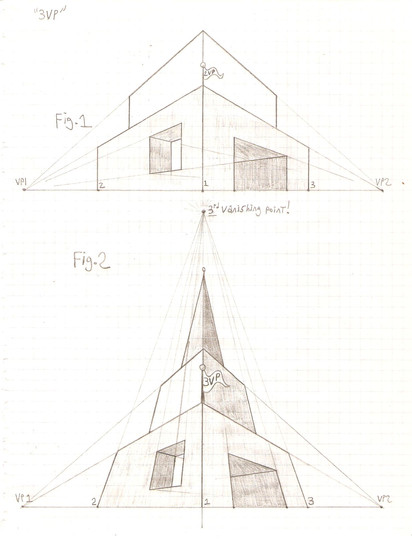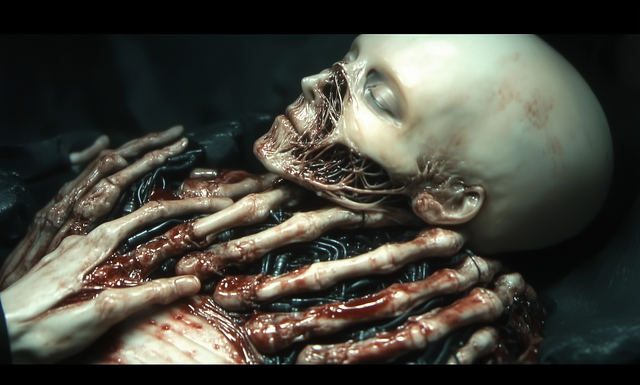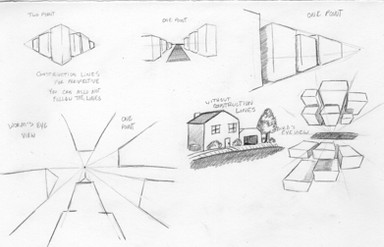HOME | DD
 GriswaldTerrastone — Perspective Tutorial: RS 2
GriswaldTerrastone — Perspective Tutorial: RS 2

Published: 2011-05-10 18:43:16 +0000 UTC; Views: 2246; Favourites: 29; Downloads: 103
Redirect to original
Description
Hoo, boy, what a mess poor Fig. 3 was. Unless you want to draw a "crazy image," that isn't going to work.Let's help it get better! But first, a how-to...
In Fig. 4, we have the three points on the horizon- but the third point is a 33 degree point. That means rectangles, not squares!
Once again, we draw the first rectangle, the basis of it all here.
Now, if you look back at Fig. 3, you'll notice that the first rectangle, and those above it, WERE done properly- the line from the 65 degree point went through their corners. So it's fine here, and you can see that because this 65 degree line also goes through the first square's corners, front and back.
BUT- THIS time, we're going to just ignore any points A and B. You clearly cannot use them here.
What we will do is draw points on the left and right corners of that first rectangle, and then draw dotted lines from a 33 degree point through them.
Why?
1) When drawing rectangles with two vanishing points, you must be able to draw a line through their front and back corners and,
2) That line must lead straight back to whatever point on the horizon the rectangles came from, be it a 65 or 33 degree (or whatever) point.
The 33 degree lines must be our guides here, not dots on the bottom line. Not here.
See where those dotted lines touch existing lines from the vanishing points? Mark them, because those are the points where the next lines drawn from the vanishing points will go through.
And so they do, in Fig. 5.
There, we once again put points on the side corners of the squares, the new squares formed (1, 2, and 3), and once again draw lines from the 33 degree point through them- see how many lines they pass through? Mark those points!
And continue on, until you get something like Fig. 6.
This time, you CAN draw lines from the 33 degree point through the rectangles to test it, and you know it'll work, because that's how all of the rectangles were drawn in the first place!
You can draw a checkered floor with rectangles now. And if you just look at a line of those rectangles, you have a walkway made of rectangles, not squares.
And now, to help out Fig. 3! Let's not delay, turn that page (or click the next one, as this is 2011...)































